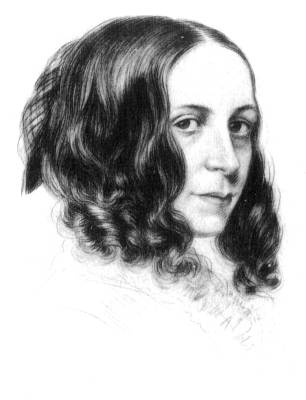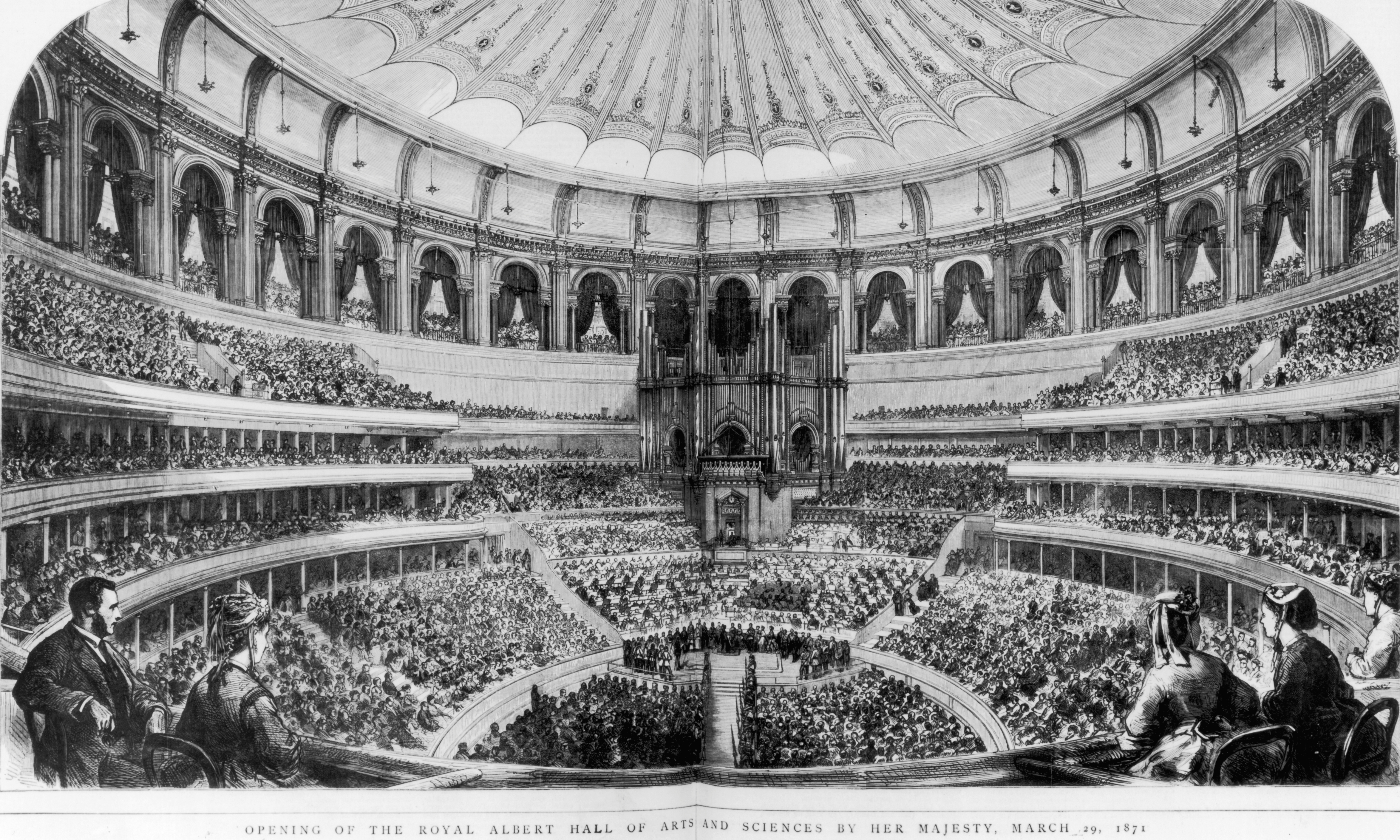|
Sabbath Morning At Sea
"Sabbath Morning at Sea" is a poem by Elizabeth Barrett Browning first published in 1839, which Sir Edward Elgar set to music in 1899 as the third song in his song-cycle ''Sea Pictures ''Sea Pictures, Op. 37'' is a song cycle by Sir Edward Elgar consisting of five songs written by various poets. It was set for contralto and orchestra, though a distinct version for piano was often performed by Elgar. Many mezzo-sopranos have su ...''. Poem Elgar's setting The opening reintroduces the oceanic theme from '' Sea Slumber Song''. Several lines in the last stanza are repeated. At "And on that sea commixed with fire" the opening bars of the song cycle are quoted. Beales, Brendan '' Royal Philharmonic Orchestra Concert Programme'' for performance at the Royal Albert Hall 6 April 2008 References 1839 poems Songs by Edward Elgar Poetry by Elizabeth Barrett Browning {{Poem-stub ... [...More Info...] [...Related Items...] OR: [Wikipedia] [Google] [Baidu] |
Elizabeth Barrett Browning
Elizabeth Barrett Browning (née Moulton-Barrett; 6 March 1806 – 29 June 1861) was an English poet of the Victorian era, popular in Britain and the United States during her lifetime. Born in County Durham, the eldest of 12 children, Elizabeth Barrett wrote poetry from the age of eleven. Her mother's collection of her poems forms one of the largest extant collections of juvenilia by any English writer. At 15, she became ill, suffering intense head and spinal pain for the rest of her life. Later in life, she also developed lung problems, possibly tuberculosis. She took laudanum for the pain from an early age, which is likely to have contributed to her frail health. In the 1840s, Elizabeth was introduced to literary society through her distant cousin and patron John Kenyon. Her first adult collection of poems was published in 1838, and she wrote prolifically between 1841 and 1844, producing poetry, translation, and prose. She campaigned for the abolition of slavery, and her w ... [...More Info...] [...Related Items...] OR: [Wikipedia] [Google] [Baidu] |
Edward Elgar
Sir Edward William Elgar, 1st Baronet, (; 2 June 1857 – 23 February 1934) was an English composer, many of whose works have entered the British and international classical concert repertoire. Among his best-known compositions are orchestral works including the ''Enigma Variations'', the ''Pomp and Circumstance Marches'', concertos for Violin Concerto (Elgar), violin and Cello Concerto (Elgar), cello, and two symphony, symphonies. He also composed choral works, including ''The Dream of Gerontius'', chamber music and songs. He was appointed Master of the King's Musick in 1924. Although Elgar is often regarded as a typically English composer, most of his musical influences were not from England but from continental Europe. He felt himself to be an outsider, not only musically, but socially. In musical circles dominated by academics, he was a self-taught composer; in Protestant Britain, his Roman Catholicism was regarded with suspicion in some quarters; and in the class-consci ... [...More Info...] [...Related Items...] OR: [Wikipedia] [Google] [Baidu] |
Sea Pictures
''Sea Pictures, Op. 37'' is a song cycle by Sir Edward Elgar consisting of five songs written by various poets. It was set for contralto and orchestra, though a distinct version for piano was often performed by Elgar. Many mezzo-sopranos have sung the piece. The songs are: * " Sea Slumber Song" by Roden Noel (approximately 4 minutes) * " In Haven (Capri)" by Caroline Alice Elgar, the composer's wife (under 2 minutes) * " Sabbath Morning at Sea" by Elizabeth Barrett Browning (approximately 4 minutes) * " Where Corals Lie" by Richard Garnett (approximately 3 minutes) * " The Swimmer" by Adam Lindsay Gordon (approximately 5 minutes) Much of the vocal line of the first song, "Sea Slumber Song", is heard again in other parts of the cycle; most notably, the second stanza is heard again almost in its entirety as part of the finale. History Elgar composed the piece on his 1894 Broadwood Square piano while residing at Birchwood Lodge, Great Storridge in Herefordshire. The songs were ... [...More Info...] [...Related Items...] OR: [Wikipedia] [Google] [Baidu] |
Sabbath Morning At Sea By Elgar
In Abrahamic religions, the Sabbath () or Shabbat (from Hebrew ) is a day set aside for rest and worship. According to the Book of Exodus, the Sabbath is a day of rest on the seventh day, commanded by God to be kept as a holy day of rest, as God rested from creation. The practice of observing the Sabbath (Shabbat) originates in the biblical commandment " Remember the sabbath day, to keep it holy". The Sabbath is observed in Judaism, Sabbatarian forms of Christianity (such as many Protestant and Eastern denominations), and Islam. Observances similar to, or descended from, the Sabbath also exist in other religions. The term may be generally used to describe similar weekly observances in other religions. Biblical Sabbath Sabbath (as the verb שָׁבַת֙ ''shabbat'') is first mentioned in the Genesis creation narrative, where the seventh day is set aside as a day of rest (in Hebrew, ''shabbat'') and made holy by God (). Observation and remembrance of Sabbath ( ''sha ... [...More Info...] [...Related Items...] OR: [Wikipedia] [Google] [Baidu] |
Sea Slumber Song
"Sea Slumber Song" is a 19th-century poem by Roden Noel set to music by Edward Elgar, Sir Edward Elgar as the first song in his song-cycle ''Sea Pictures'' (1899). Lyrics The poem here is as sung in ''Sea Pictures''. ''Italicised'' text indicates lines repeated in the song but not in the original poem. Elgar's setting The sea's lullaby ("I, the Mother mild") is evoked by bass drum and tam-tam and strings repeating a phrase that reappears later in the song cycle. At "Isles in elfin light" the music changes key to C major before returning to the oceanic theme. Beales, Brendan ''Royal Philharmonic Orchestra Concert Programme'' for performance at the Royal Albert Hall 6 April 2008 References Further reading * — Del Mar's notes on how to conduct the Sea Slumber Song {{Edward Elgar Songs about oceans and seas English poems 1899 songs Songs by Edward Elgar ... [...More Info...] [...Related Items...] OR: [Wikipedia] [Google] [Baidu] |
Royal Philharmonic Orchestra
The Royal Philharmonic Orchestra (RPO) is a British symphony orchestra based in London, that performs and produces primarily classic works. The RPO was established by Thomas Beecham in 1946. In its early days, the orchestra secured profitable recording contracts and important engagements including the Glyndebourne Festival Opera and the concerts of the Royal Philharmonic Society. After Beecham's death in 1961, the RPO's fortunes declined steeply. The RPO battled for survival until the mid-1960s, when its future was secured after a report by the Arts Council of Great Britain recommended that it should receive public subsidy. A further crisis arose in the same era when it seemed that the orchestra's right to call itself "Royal" could be withdrawn. In 2004, the RPO acquired its first permanent London base, at Cadogan Hall in Chelsea. The RPO also gives concerts at the Royal Festival Hall, the Royal Albert Hall and venues around the UK and other countries. The current music dir ... [...More Info...] [...Related Items...] OR: [Wikipedia] [Google] [Baidu] |
Royal Albert Hall
The Royal Albert Hall is a concert hall on the northern edge of South Kensington, London. One of the UK's most treasured and distinctive buildings, it is held in trust for the nation and managed by a registered charity which receives no government funding. It can seat 5,272. Since the hall's opening by Queen Victoria in 1871, the world's leading artists from many performance genres have appeared on its stage. It is the venue for the BBC Proms concerts, which have been held there every summer since 1941. It is host to more than 390 shows in the main auditorium annually, including classical, rock and pop concerts, ballet, opera, film screenings with live orchestral accompaniment, sports, awards ceremonies, school and community events, and charity performances and banquets. A further 400 events are held each year in the non-auditorium spaces. Over its 151 year history the hall has hosted people from various fields, including meetings by Suffragettes, speeches from Winston Churchi ... [...More Info...] [...Related Items...] OR: [Wikipedia] [Google] [Baidu] |
1839 Poems
Events January–March * January 2 – The first photograph of the Moon is taken, by French photographer Louis Daguerre. * January 6 – Night of the Big Wind: Ireland is struck by the most damaging cyclone in 300 years. * January 9 – The French Academy of Sciences announces the daguerreotype photography process. * January 19 – British forces capture Aden. * January 20 – Battle of Yungay: Chile defeats the Peru–Bolivian Confederation, leading to the restoration of an independent Peru. * January – The first parallax measurement of the distance to Alpha Centauri is published by Thomas Henderson. * February 11 – The University of Missouri is established, becoming the first public university west of the Mississippi River. * February 24 – William Otis receives a patent for the steam shovel. * March 5 – Longwood University is founded in Farmville, Virginia. * March 7 – Baltimore City College, the third public high school in the United States, is established in ... [...More Info...] [...Related Items...] OR: [Wikipedia] [Google] [Baidu] |
Songs By Edward Elgar
A song is a musical composition intended to be performed by the human voice. This is often done at distinct and fixed pitches (melodies) using patterns of sound and silence. Songs contain various forms, such as those including the repetition and variation of sections. Written words created specifically for music, or for which music is specifically created, are called lyrics. If a pre-existing poem is set to composed music in classical music it is an art song. Songs that are sung on repeated pitches without distinct contours and patterns that rise and fall are called chants. Songs composed in a simple style that are learned informally "by ear" are often referred to as folk songs. Songs that are composed for professional singers who sell their recordings or live shows to the mass market are called popular songs. These songs, which have broad appeal, are often composed by professional songwriters, composers, and lyricists. Art songs are composed by trained classical composers f ... [...More Info...] [...Related Items...] OR: [Wikipedia] [Google] [Baidu] |







